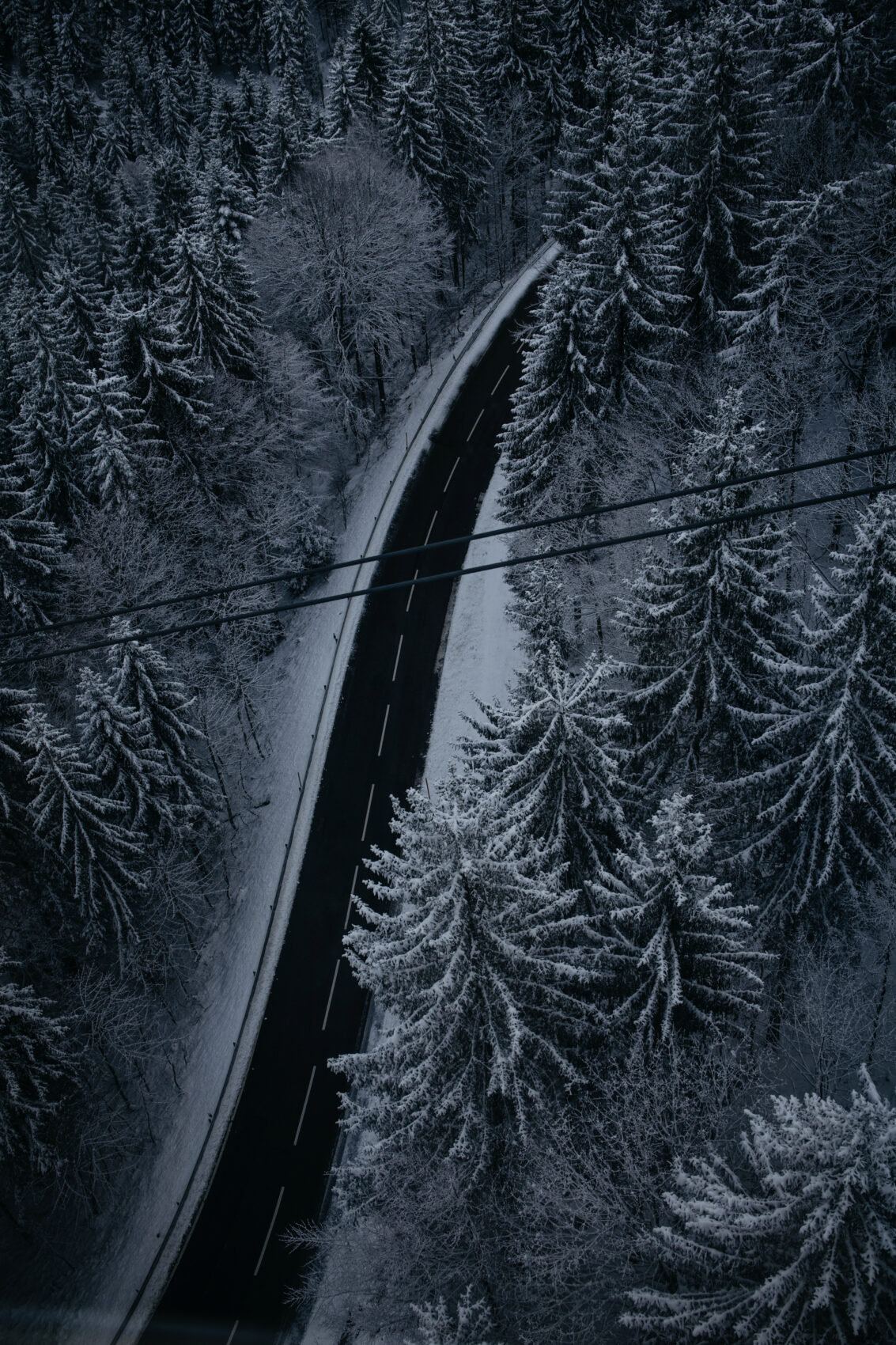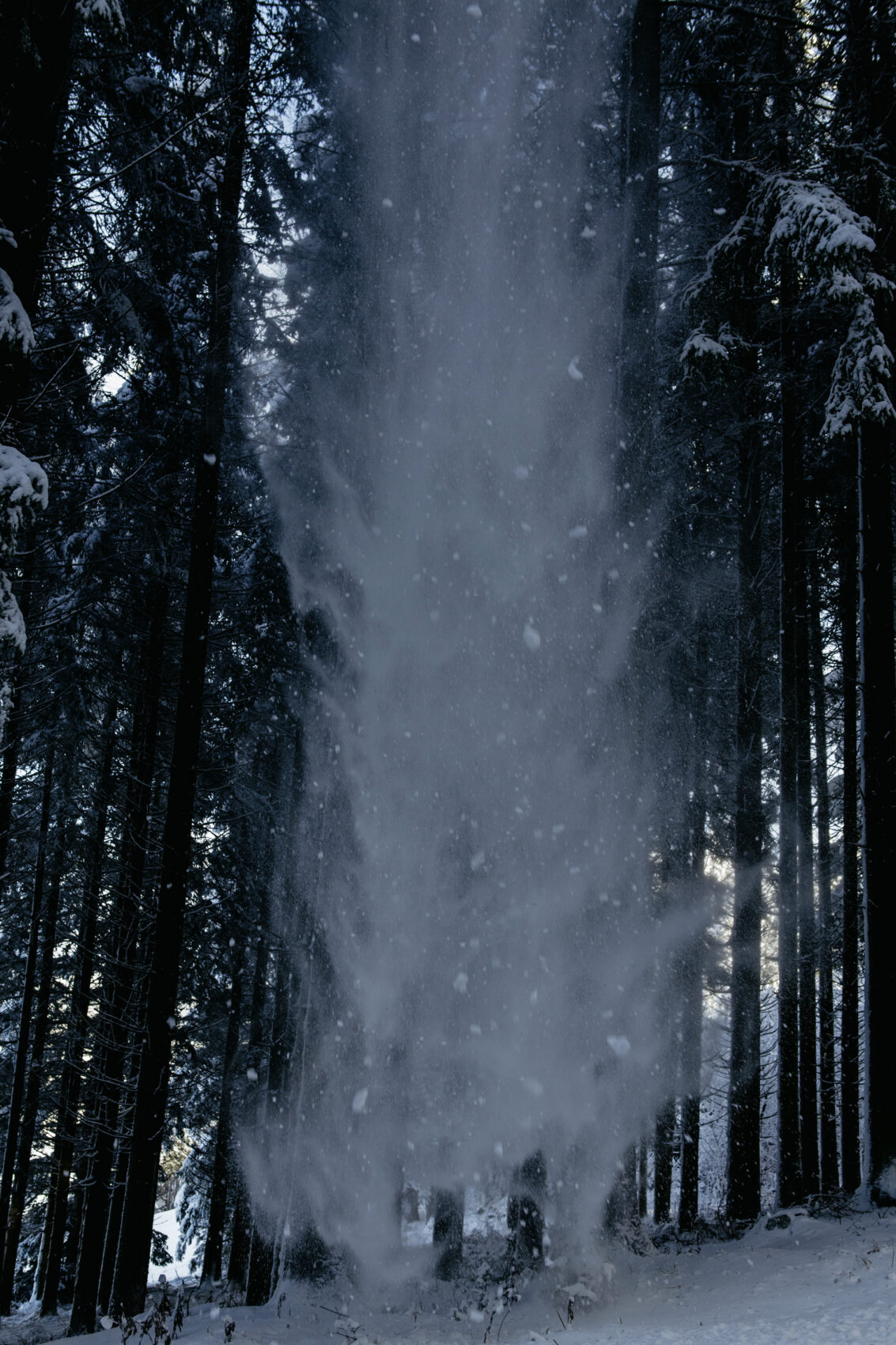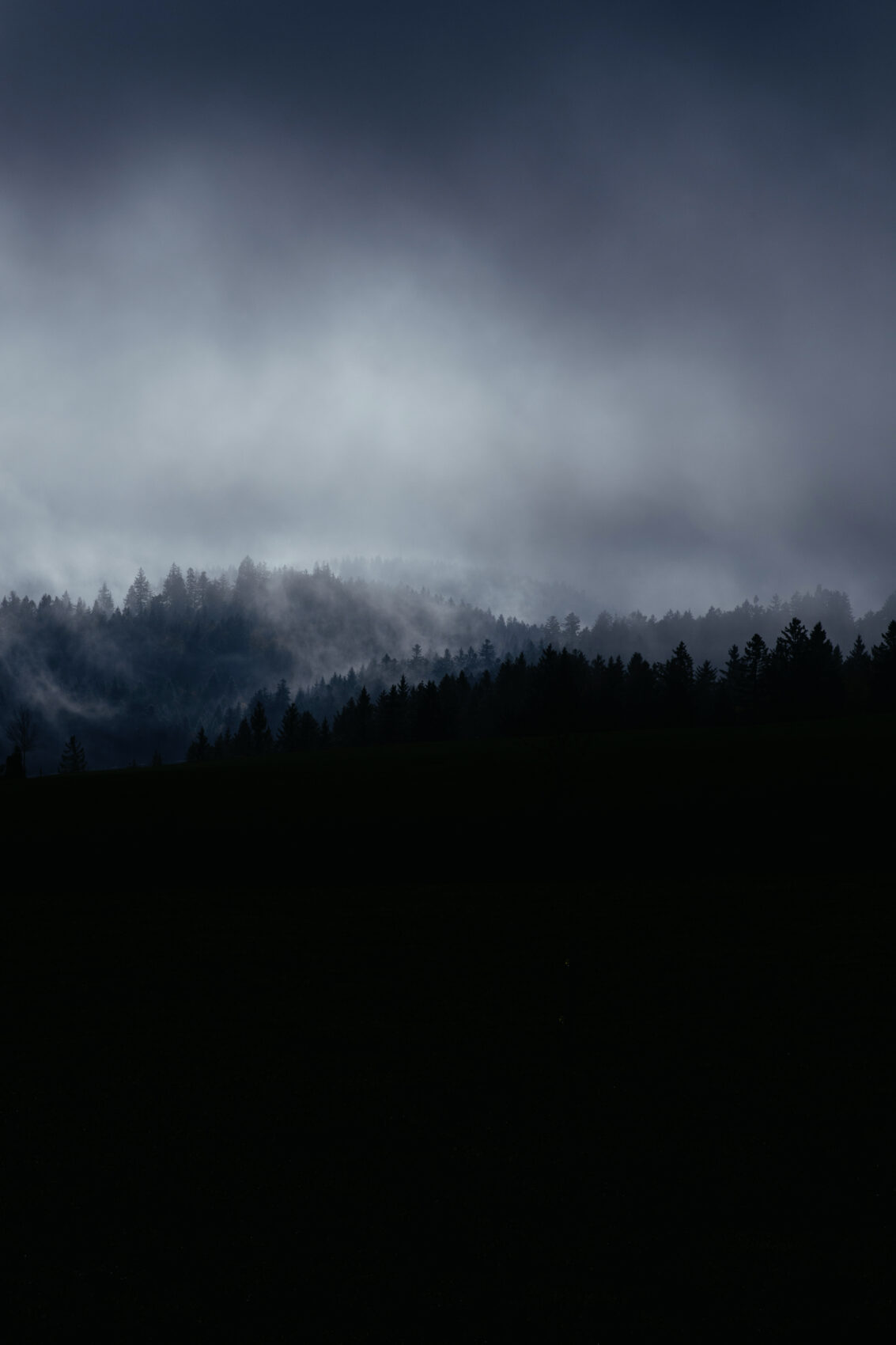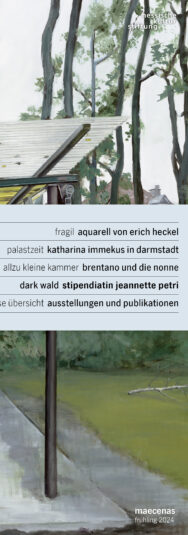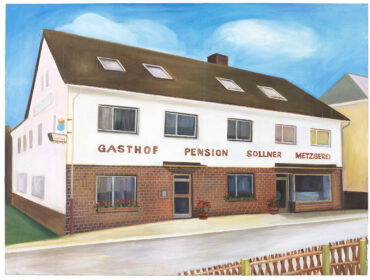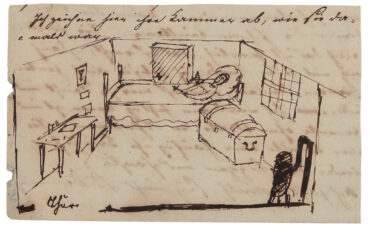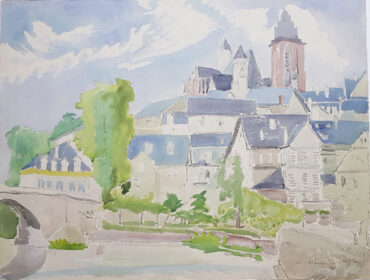Jeannette Petri: Dark Wald
jeannette petri: dark wald
My scholarship at the London studio of the Hessian Cultural Foundation between 2009 and 2010 now dates back a few years. Together with my partner and my then one-year-old son, we lived in the typical British back-to-back house in Victoria Park for twelve months. In retrospect, it was a great gift to be able to devote such a long period of time to my own interests and work on my magazine so intensively. This artistic and creative phase resulted in the London edition From London & Beyond, which provides in-depth insights into London’s hip-hop scene.
After studying film and photography with Lewis Baltz and Heiner Blum at the HfG Offenbach, I published my own magazine, Anattitude, for many years, which reached an international audience with readers in Europe, the USA and Canada. My particular aim was to promote the visibility of FLINTA [Female, Lesbian, Female, Lesbian, Intersex, Trans and Agender] in hip-hop and to counter the obsolete claim that hip-hop exclusively reflects masculine culture. In addition to a wide variety of topics, the magazine particularly focused on photography, design and language.
My great passion lies in the combination of photography and print, which is why my work usually takes the form of books or magazines. These include self-publications such as Dark Wald (2021) and Dear Oma (2022). Since April 2022, I have been working on my current project Beyond Binary, which portrays people with non-binary gender identities. Part of this work will be shown in a group exhibition in Frankfurt am Main in June 2024.
In addition to my freelance artistic practice, I also do photojournalistic work for various magazines such as Der Spiegel, Die Zeit, SZ, Stern as well as for various companies.
DARK WALD
The Romans named the Black Forest Silva Nigra – an area that was covered by impenetrable, dark primeval vegetation and populated by wild animals. In doing so, they paved the way for the mythical images that found expression in countless stories for centuries to come. In the 19th century, the fear of nature’s power, of the wild and untamable depth of the woods gave way to a deep romantic longing for nature. The forest of poets and painters became a landscape of the soul, full of mysticism and hidden secrets.
As an archetypal landscape, the Schwarzwald is probably the best-known German forest: la forêt-noire, the Black Forest. At the same time, it is a metaphor for nature per se, whose beauty is loved and whose hardships fill us with concern.
The photographs taken between 2020 and today, with their deep blue, almost black colors, could only have been taken in the Black Forest. The horror of the Romans, transported into the present day, forms an essence of creepiness and Hitchcockian suspense – linked to the archetypal images of the forest that are deeply anchored in our collective memory.
This photo series raises several questions: To what extent does the forest serve as a mirror of society? What protection does it offer us and what protection do we offer it? And finally, to what extent have we disconnected from nature?
The 60-page publication DARK WALD was self-published in 2021/2022.
www.jeannette-petri.com
